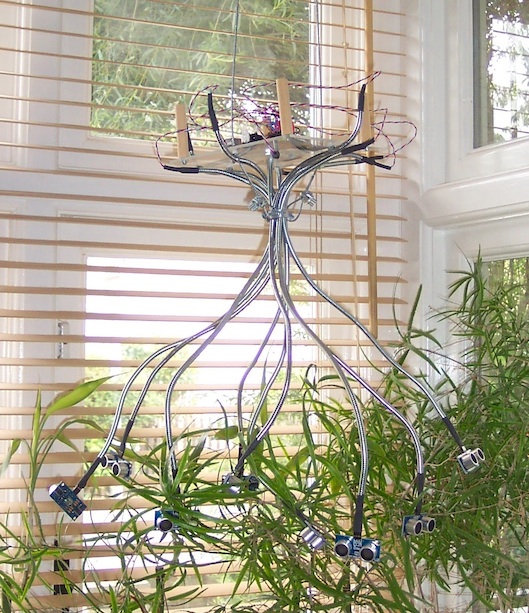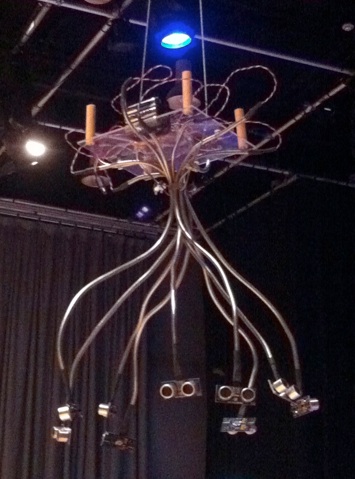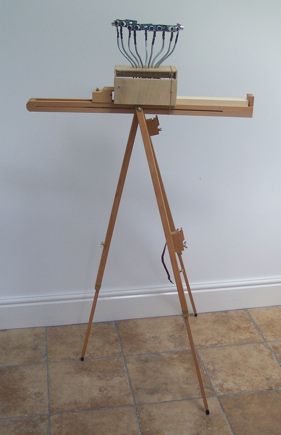rhoadley.net music research software blogs
vimeo youtube gallery
five pieces sextet through the sharp hawthorn only connect in principio miscellaneous concertino three pieces for two pianos four archetypes petrochemicals copenhagen ambience hello histrionica telephony many worlds 127 haiku 128 haiku triggered touching sound 127 messages
calder's violin fluxus fluxus tree player piano three streams quantum canticorum december variations december mobile semaphore piano glyphs how to play the piano choreograms edge violations homage unthinking not songs graffiti
devices: gaggle gagglina wired threads glyphs metapiano digiphone
NB All material on this site is © Richard Hoadley (and others), 1980-2023
Gaggle
Experimental Hardware Performance Interface
2009

Gaggle v2.0 
Gaggle v2.0 
HCI 2009 

Gaggle v1.0 |
About GagglePremiered at the Open House Festival of the 23rd BCS conference on Human Computer Interaction in Cambridge, UK. The Gaggle prototype has been imagined, designed and developed in order to experiment personally with such interfaces, and primarily with the link between sensor (in this case 'pings'), physical computing board (in this case Arduino) and SuperCollider audio language. The Gaggle Project (Richard Hoadley) has been supported by Anglia Ruskin University Digital Performance Laboratory, the ARCDigital, and CoDE. Gaggle provides an opportunity to investigate performance using Gaggle, including questions such as:
Beautifully and inspiringly danced by Jane Turner's dancers. More information at janeturner.net. We are in the process of investigating further new developments in the links between dance, movement and music. Material
Gaggle @ HCI2009 2nd Performance from Richard Hoadley on Vimeo. Gaggle Demo at MIST Conference, March 2010, Cambridge UK from Richard Hoadley on Vimeo. Other and higher resolution videos of Gaggle performances are available at Videos on Vimeo. |